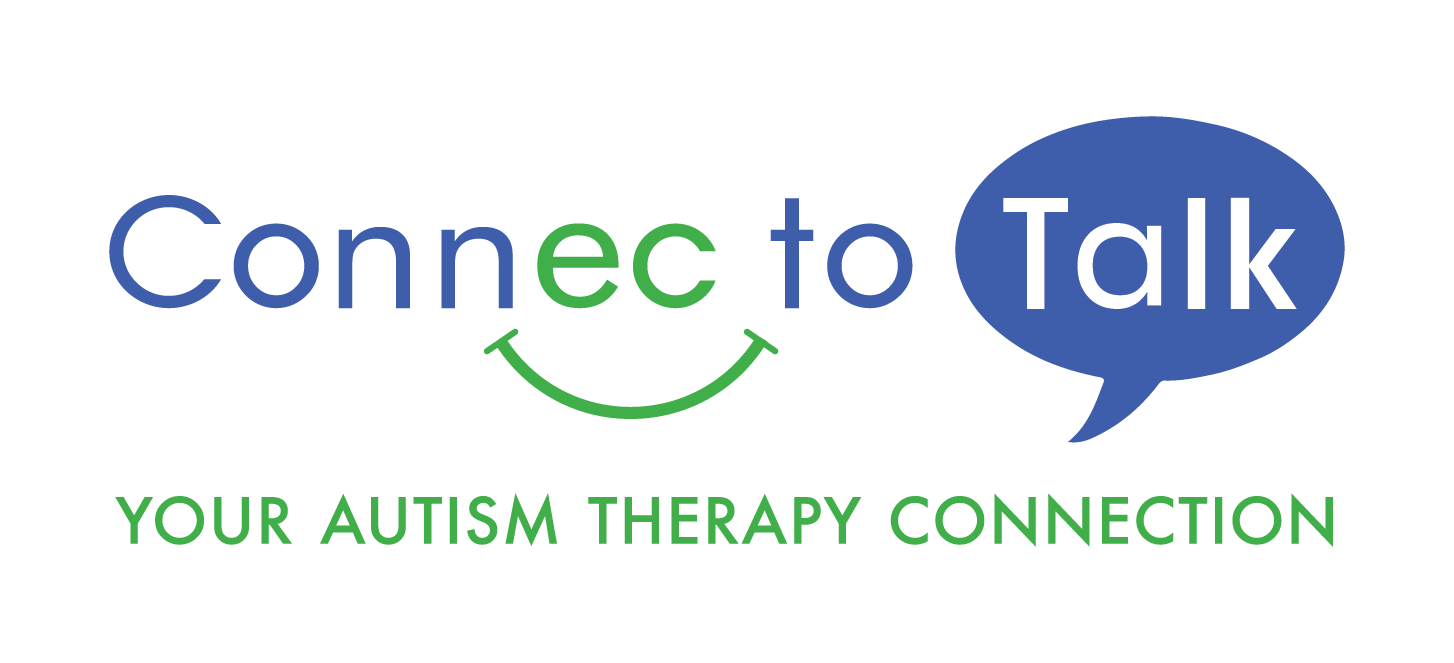![4 Ways Dogs Can Aid Autistic People 4 Ways Dogs Can Aid Autistic People Man’s best friend has been by our side for over 10,000 years. In that time, dogs have taken on many different roles to serve their human companions. From hunting and flushing, herding, and guarding livestock, to being the family pet who provides companionship. In more recent years dogs […]](https://connec-to-talk.com/wp-content/uploads/2023/07/Connec-to-Talk-Website-Mockup-1.jpg)
4 Ways Dogs Can Aid Autistic People
Man’s best friend has been by our side for over 10,000 years. In that time, dogs have taken on many different roles to serve their human companions. From hunting and flushing, herding, and guarding livestock, to being the family pet who provides companionship. In more recent years dogs have been trained to engage in service and assistance roles and service dogs were legally recognized in 1990 when the Americans with Disabilities Act was passed. This article will explore how dogs can aid autistic people in their daily routines.
What Are the Benefits?
1.) Improving Sleep
Many autistic children seek out deep pressure and enjoy tight squeezes, weighted blankets, and other activities that provide similar sensory input. Burrows et al. (2008) found that close proximity to a dog during bedtime replicated the deep pressure input parents provided, which helped children fall asleep and stay asleep throughout the night. Parents in this study also reported improved sleep, saying that they felt more secure “knowing that the dog would wake them if anything was wrong, such as the child being upset or injured.” (p. 1644).
2.) Preventing Elopement
When children leave the vicinity of a caregiver without permission, this is defined as eloping behavior. It can be a dangerous behavior that dogs can help prevent. In a study by Burrows et al. (2008), Sentinels of Safety dogs were trained to prevent elopement. A hands-free leash, also known as a waist leash, was attached to the child and the other end of the leash was attached to the service dog. When the child attempted to elope, the dog prevented or delayed this by serving as an anchor. This provided caregivers time to react, to prompt communication, and prevent further elopement by ensuring the child was safe.
3.) Developing Motor Control
“In addition to helping some of the children regulate their movements while walking, the dog helped the children to develop motor control. Parents reported a wide variety of physical tasks that were facilitated by the dog’s participation.” (Burrows et al., 2008, p. 1645). As pets require daily care, these tasks can be shared by the child and caregiver. A variety of fine and gross motor skills can be practiced through this daily care for their service animal. For example, throwing a ball for the service dog to chase activates muscles in both the child’s shoulders and arms.
4.) Enhancing Social Communication Skills
A study conducted by Martin and Farnum (2002) discovered “that children exhibited a more playful mood, were more focused, and were more aware of their social environments when in the presence of a therapy dog.” (p. 657). The children spoke frequently to the dog, providing not only commands but small talk. When the therapist engaged with the child the dog often became a starting point for conversation.
We do recommend consulting with a certified dog therapist or trainer if you would like to teach your dog additional skills to aid your child in their daily routine. If you are interested in adding ABA goals that incorporate a service dog, please do not hesitate to reach out to your BCBA. Here at Connec-to-Talk, we love collaborating with other disciplines to facilitate our client’s progress!
If you are interested in consulting with a trainer, please visit the USA Service Dog Registration website to find a trainer in your area.



Leave a Reply